Home>Garden Essentials>What Kind Of Seeds Are In Italian Sausage
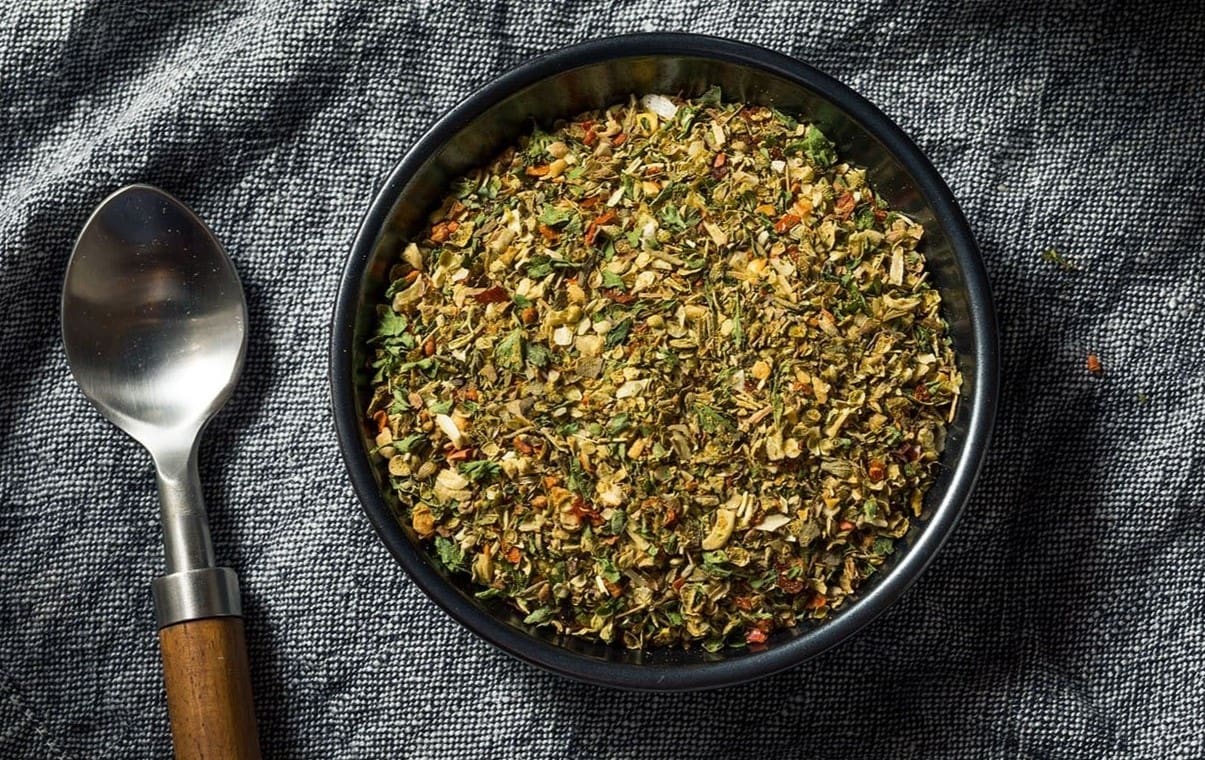

Garden Essentials
What Kind Of Seeds Are In Italian Sausage
Modified: March 24, 2024
Discover the best seeds for your garden in Italian sausage. From fennel to parsley, explore the variety of flavors that make this sausage so delicious.
(Many of the links in this article redirect to a specific reviewed product. Your purchase of these products through affiliate links helps to generate commission for Storables.com, at no extra cost. Learn more)
Introduction
Welcome to the flavorful world of Italian sausage! If you’ve ever savored a slice of pizza or indulged in a hearty pasta dish, chances are you’ve encountered the irresistible taste of Italian sausage. With its robust flavors and diverse culinary applications, Italian sausage has become a beloved staple in households and restaurants around the world.
In this article, we’ll delve into the fascinating world of Italian sausage and explore the role seeds play in creating its distinctive taste. From the history of Italian sausage to the various types of seeds used, we’ll uncover the secrets behind this delectable ingredient.
So, grab a seat at the table and prepare to tantalize your taste buds as we embark on a flavorful journey through the world of Italian sausage and its seeds!
Key Takeaways:
- Italian sausage gets its distinctive taste from seeds like fennel, coriander, and mustard, adding flavor and texture to the beloved ingredient.
- Regional variations in seed usage contribute to the diverse and unique flavors of Italian sausage, making it a culinary delight worldwide.
Read more: What Are The Seeds In Sausage
The History of Italian Sausage
Italian sausage has a rich and storied history that dates back centuries. Its roots can be traced back to the ancient Roman Empire, where sausages were a staple food. However, it wasn’t until the Middle Ages that sausage-making truly flourished in Italy.
During this time, Italian butchers developed a reputation for their craftsmanship in creating flavorful sausages. They experimented with different combinations of meats, herbs, and spices to create unique and delicious flavors. These sausages became a popular choice for Italians, and their popularity quickly spread throughout the Mediterranean region.
Italian sausage also owes its origins to the idea of preservation. In a time before refrigeration, sausages provided a way to preserve meat for longer periods. By grinding and mixing different cuts of meat, usually pork, with salt and spices, butchers could create sausages that would last for weeks or even months.
As Italian immigrants began to settle in other parts of the world, they brought their culinary traditions with them, including the art of sausage making. Italian sausage quickly became a beloved ingredient in various cuisines, particularly in Italian-American dishes.
Today, Italian sausage is a versatile ingredient that is cherished for its bold flavors and ability to elevate a wide range of dishes. Whether it’s used in pasta sauces, on pizzas, or in sandwiches, Italian sausage continues to be a culinary delight that pays homage to its ancient roots.
The Ingredients of Italian Sausage
Italian sausage derives its distinctive flavors from a carefully selected combination of ingredients. While there are variations in recipes, the core ingredients remain fairly consistent.
1. Meat: The primary ingredient in Italian sausage is typically pork. Different cuts of pork, such as shoulder or butt, are commonly used to achieve the perfect balance of fat and lean meat. However, variations may include a blend of pork and beef or even chicken in some instances.
2. Seasonings: Italian sausage is known for its robust and flavorful seasonings. The key seasonings include garlic, fennel seeds, salt, black pepper, and often a pinch of red pepper flakes to add a subtle heat. These seasonings are mixed into the ground meat, infusing each bite with a burst of savory goodness.
3. Herbs: Fresh or dried herbs are also essential in creating the authentic taste of Italian sausage. Common herbs used include parsley, basil, oregano, and thyme. These herbs add depth and complexity to the overall flavor profile of the sausage.
4. Liquid: A small amount of liquid is often added to the mixture to help bind the ingredients together. This can be water, wine, or even vinegar, which adds a tangy element to the sausage.
5. Casings: Italian sausages are traditionally encased in natural hog or sheep casings. These casings contribute to the unique texture and appearance of the sausage. However, in some modern versions, synthetic casings may be used instead.
It is worth noting that while the base ingredients of Italian sausage remain consistent, regional variations often come into play. Different Italian regions have their own recipes and may include additional ingredients such as cheese, wine, or even dried fruits to give their sausages a unique twist.
Understanding the key ingredients of Italian sausage is essential when it comes to appreciating the flavors and exploring the possibilities of this versatile culinary delight.
Understanding the Role of Seeds in Italian Sausage
Seeds play a significant role in the flavor and texture of Italian sausage. They not only add a distinctive crunch but also contribute to the overall taste profile. Let’s explore their role in more detail.
1. Fennel Seeds: Fennel seeds are a staple in Italian sausage, imparting a distinct sweet and licorice-like flavor. They are responsible for the iconic taste that sets Italian sausage apart from other sausages. These seeds are typically toasted or lightly crushed before being added to the sausage mixture, allowing their aromatic properties to shine.
2. Coriander Seeds: Coriander seeds are another popular addition to Italian sausage. These seeds have a warm, citrusy flavor that enhances the overall savory notes of the sausage. They add complexity and depth to the taste profile.
3. Mustard Seeds: Mustard seeds, particularly brown or black varieties, are used in some variations of Italian sausage. These seeds have a pungent and slightly bitter taste, adding a unique kick to the flavor profile. They can be used whole or ground, depending on the desired intensity of flavor.
4. Other Seeds: While fennel, coriander, and mustard seeds are the most commonly used seeds in Italian sausage, other varieties may also make an appearance. Poppy seeds, for example, can provide a delicate nutty flavor, while cumin seeds can add earthiness and depth.
Seeds in Italian sausage not only contribute to the flavor but also provide a delightful texture. When cooked, the seeds add a satisfying crunch, creating a contrast to the tender meat. This textural element enhances the overall enjoyment of the sausage eating experience.
It’s important to note that while seeds are a significant part of Italian sausage, the amount and combination of seeds can vary depending on regional preferences and personal recipes. Experimentation with different seed combinations can lead to the creation of your own unique and tantalizing sausage recipe.
Next, let’s explore the common types of seeds that can be found in different variations of Italian sausage.
Common Types of Seeds Found in Italian Sausage
Italian sausage is renowned for its delectable blend of spices and seasonings, which often include a variety of seeds. Let’s take a closer look at some of the common types of seeds found in different variations of Italian sausage.
1. Fennel Seeds: Fennel seeds are perhaps the most iconic seed used in Italian sausage. They have a subtly sweet and anise-like flavor that infuses the sausage with a distinctive taste. Fennel seeds are typically crushed or toasted before being added to the sausage mixture to release their aromatic properties.
2. Coriander Seeds: Coriander seeds are frequently used in Italian sausage recipes as well. They have a warm and citrusy flavor that complements the other spices. Coriander seeds add depth and complexity, enhancing the overall taste profile of the sausage.
3. Mustard Seeds: Mustard seeds, particularly brown or black varieties, can be found in some Italian sausage recipes. These seeds have a pungent and slightly bitter taste that provides a unique kick to the flavor profile. Mustard seeds can be used whole or ground, depending on the desired intensity of flavor.
4. Poppy Seeds: Poppy seeds may be less commonly used, but they can add a delicate nutty flavor to Italian sausage. These tiny black seeds offer a subtle crunch and a hint of sweetness, contributing to the overall sensory experience of enjoying the sausage.
5. Cumin Seeds: Cumin seeds are another seed that can be found in certain regional variations of Italian sausage. They have an earthy and warm flavor that adds depth and richness to the overall taste. Cumin seeds can be used whole or ground, depending on personal preference and recipe specifications.
It’s worth noting that the types of seeds used in Italian sausage can vary depending on regional traditions and personal preferences. Some variations may even incorporate a combination of these seeds or introduce other types of seeds, such as sesame or caraway seeds, for additional flavor complexity.
Ultimately, the specific blend of seeds used in Italian sausage contributes to its unique flavor profile and sets it apart from other types of sausages. The balance and combination of these seeds are what make Italian sausage a culinary delight enjoyed by food enthusiasts worldwide.
When making Italian sausage, the seeds commonly used are fennel seeds. These small, aromatic seeds add a distinct flavor to the sausage. If you’re making your own sausage, be sure to include fennel seeds for an authentic Italian taste.
Read more: How To Cook Italian Sausage In The Air Fryer
The Influence of Regional Variations on Seed Usage
Italian cuisine is incredibly diverse, with each region boasting its own culinary traditions and flavor preferences. As a result, regional variations have a significant influence on the usage of seeds in Italian sausage.
1. Southern Italy: In Southern Italy, particularly in regions such as Calabria and Sicily, fennel seeds are a prominent feature in Italian sausage. These regions have a strong tradition of using fennel seeds, which impart a sweet and aromatic flavor to the sausage. Fennel seed usage is often generous, resulting in sausages with a pronounced anise-like taste.
2. Northern Italy: Northern Italian sausages, such as those from Lombardy and Emilia-Romagna, tend to have a milder flavor profile compared to their southern counterparts. While fennel seeds may still make an appearance, other seeds like coriander and mustard seeds are more prevalent in these regions. The use of additional seeds adds complexity and depth to the sausage’s taste.
3. Central Italy: In central regions like Tuscany and Umbria, Italian sausages often feature a combination of herbs and seeds. Alongside fennel seeds, spices like black pepper, coriander seeds, and even cumin seeds may be added. This blend of spices and seeds creates a well-rounded and robust flavor profile.
4. Regional Variations: Within these broad regional categories, there are also specific local variations that contribute to the diverse seed usage in Italian sausage. For example, in Naples, the birthplace of pizza, sausages used as pizza toppings may incorporate a variety of seeds, including fennel, mustard, or even dried herbs like oregano and basil.
These regional variations provide a delightful array of flavor profiles and ensure that each bite of Italian sausage offers a unique culinary experience. Exploring these regional differences allows us to appreciate the vast and diverse world of Italian sausage and the influence of geography and local traditions on its preparation.
The Culinary Significance of Seeds in Italian Sausage
The addition of seeds in Italian sausage holds significant culinary significance, contributing to its distinct flavor, texture, and overall sensory experience. Let’s explore the culinary significance of seeds in Italian sausage.
1. Flavor Enhancement: Seeds such as fennel, coriander, and mustard seeds add layers of flavor to Italian sausage. Fennel seeds, in particular, bring a sweet and anise-like taste that is characteristic of Italian sausage. The combination of different seeds creates a complex flavor profile that elevates the overall taste experience.
2. Aromatic Appeal: Seeds have aromatic properties that enhance the overall sensory appeal of Italian sausage. When crushed or toasted, seeds release aromatic compounds that tantalize the senses, creating an enticing aroma that permeates the sausage. This aromatic quality adds to the overall enjoyment of the dish.
3. Texture Contrast: The inclusion of seeds in Italian sausage provides a delightful and satisfying crunch. As the sausage is cooked, the seeds retain their texture, adding a contrast to the tender meat. This textural element enhances the overall eating experience, making each bite more interesting and enjoyable.
4. Cultural Identity: Seeds, especially fennel seeds, have become closely associated with the distinct flavor and identity of Italian sausage. The presence of these seeds is a hallmark of Italian sausage-making traditions, showcasing the rich culinary heritage of Italy. The use of specific seeds in Italian sausage recipes is a way to preserve cultural identity and honor centuries-old culinary practices.
5. Customization and Creativity: The use of seeds in Italian sausage allows for customization and creativity in culinary experimentation. Chefs and home cooks can play with different seed combinations to create their unique flavor profiles. This flexibility allows for endless variations and the opportunity to put a personal twist on traditional recipes.
The culinary significance of seeds in Italian sausage goes beyond mere ingredients. The seeds play a crucial role in defining the taste, aroma, and texture of the sausage, contributing to its rich culinary heritage and cultural significance. Whether it’s the sweet and aromatic notes of fennel seeds or the warm and citrusy flavor of coriander seeds, seeds have become an integral part of the Italian sausage experience.
Tips for Incorporating Seeds in Homemade Italian Sausage
If you’re venturing into the world of making homemade Italian sausage, incorporating seeds can help elevate the flavor and authenticity of your creation. Here are some tips to consider when using seeds in your homemade Italian sausage:
1. Toast or Crush the Seeds: Before adding seeds to your sausage mixture, consider toasting them lightly in a dry pan to enhance their aroma and flavor. Alternatively, you can crush them using a mortar and pestle or a spice grinder. Toasting or crushing the seeds helps release their essential oils, intensifying their flavors.
2. Balance the Seeds: Experiment with the ratio of different seeds to achieve the desired flavor profile. For a classic Italian sausage taste, fennel seeds should take center stage, while coriander and mustard seeds can provide subtle compliments. Adjust the amount of each seed according to your personal preference, ensuring that no single seed overpowers the others.
3. Use Fresh and Quality Seeds: To ensure the best flavor, use fresh, high-quality seeds. Store them in a cool, dark place to maintain their potency. Consider purchasing whole seeds and grinding them as needed for optimum freshness and flavor.
4. Don’t Overdo the Seeds: While seeds play a crucial role in Italian sausage, it’s important not to go overboard. The seeds should enhance the overall flavor without overwhelming the other ingredients. A delicate balance is key, as too many seeds can overpower the taste and texture of the sausage.
5. Add Seeds to Fit the Dish: Consider the final dish you plan to serve the sausage with. If it’s for a pizza topping, a blend of fennel, mustard, and oregano seeds may complement the other flavors. If you’re making a sausage-based pasta sauce, fennel and coriander seeds could be the stars. Tailor the seed selection to match the overall flavor profile of the dish.
6. Mix Seeds with Other Spices and Seasonings: Along with seeds, Italian sausage recipes often include a variety of other spices and seasonings. To achieve a well-rounded flavor, combine the seeds with garlic, black pepper, salt, and other desired herbs. The synergy between the different ingredients will result in a harmonious and delicious sausage.
7. Taste and Adjust: Remember that making homemade sausage is a creative and personal culinary endeavor. As you prepare your sausage mixture, taste it along the way and make adjustments as needed. Trust your palate and intuition to create a sausage that suits your unique taste preferences.
By following these tips, you can ensure that the seeds in your homemade Italian sausage contribute to a flavorful and authentic eating experience.
Conclusion
Italian sausage, with its robust flavors and diverse culinary applications, is a beloved ingredient that adds a burst of deliciousness to countless dishes. The inclusion of seeds in Italian sausage is an integral part of its distinct taste, texture, and overall culinary experience.
From the aromatic and anise-like notes of fennel seeds to the warm and citrusy flavors of coriander seeds, seeds infuse Italian sausage with depth and complexity. They enhance the flavor profile, provide a delightful texture contrast, and contribute to its cultural identity.
Regional variations in seed usage add further nuance and diversity to Italian sausage. From the fennel seed-dominated sausages of Southern Italy to the more varied seed combinations found in Northern and Central regions, each variation has its own unique appeal.
When it comes to making homemade Italian sausage, incorporating seeds can elevate the flavor and authenticity of your creation. Toasting or crushing the seeds, balancing their ratios, and considering the final dish you plan to serve the sausage with are all essential factors to keep in mind.
Whether you’re a seasoned chef or an enthusiastic home cook, experimenting with seeds in Italian sausage allows for customization, creativity, and the ability to put a personal twist on traditional recipes.
So, next time you savor a slice of pizza or dig into a plate of pasta adorned with Italian sausage, take a moment to appreciate the culinary significance of the seeds that contribute to its mouthwatering taste. The seeds in Italian sausage truly make it a flavorful and unforgettable culinary experience.
Now, armed with the knowledge of seeds’ role in Italian sausage, it’s time to embrace your inner chef, let your creativity flourish, and enjoy the satisfying process of making your very own homemade Italian sausage.
Frequently Asked Questions about What Kind Of Seeds Are In Italian Sausage
Was this page helpful?
At Storables.com, we guarantee accurate and reliable information. Our content, validated by Expert Board Contributors, is crafted following stringent Editorial Policies. We're committed to providing you with well-researched, expert-backed insights for all your informational needs.
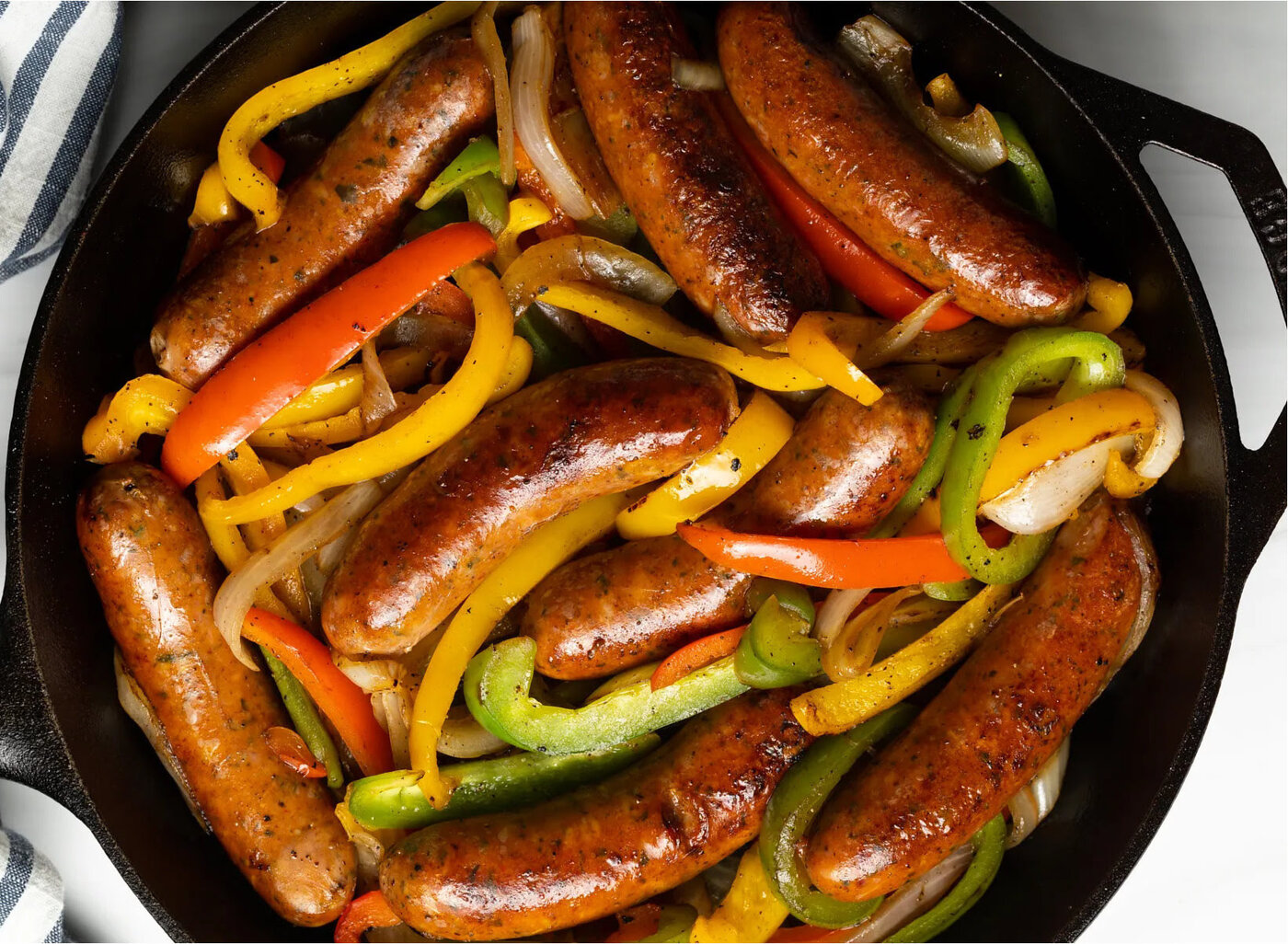
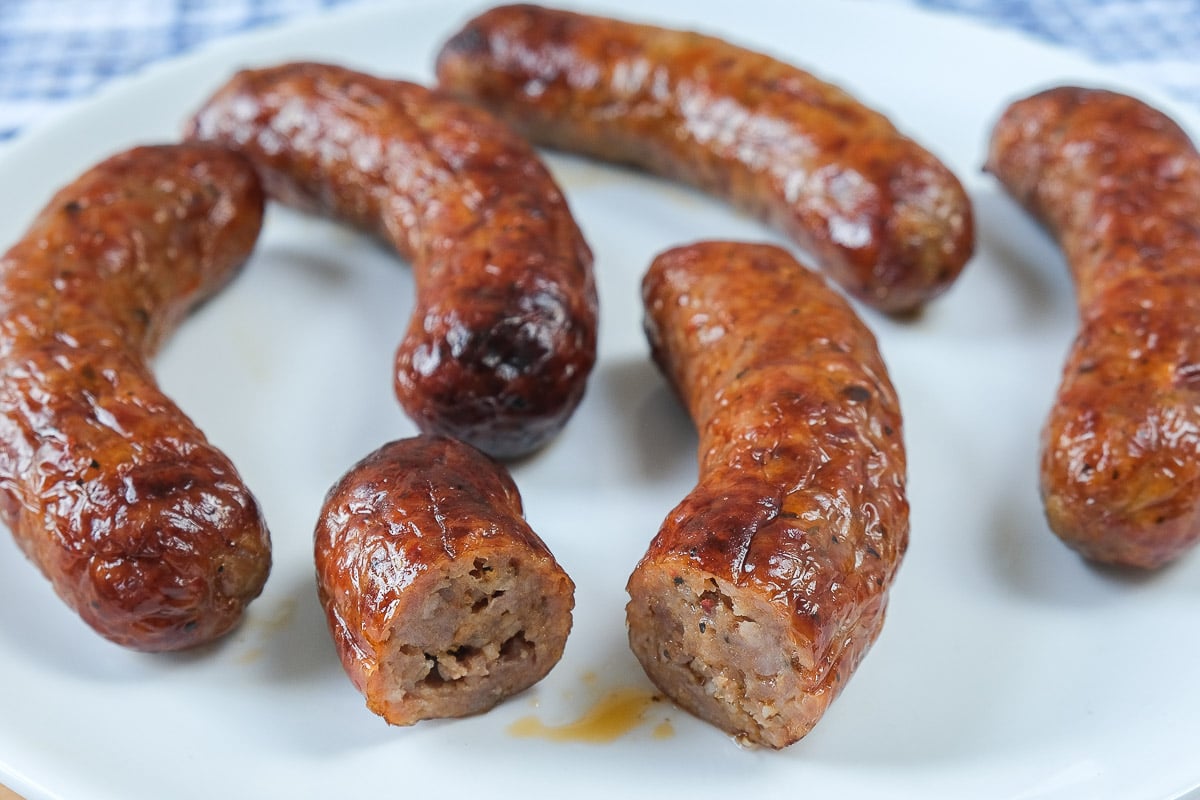

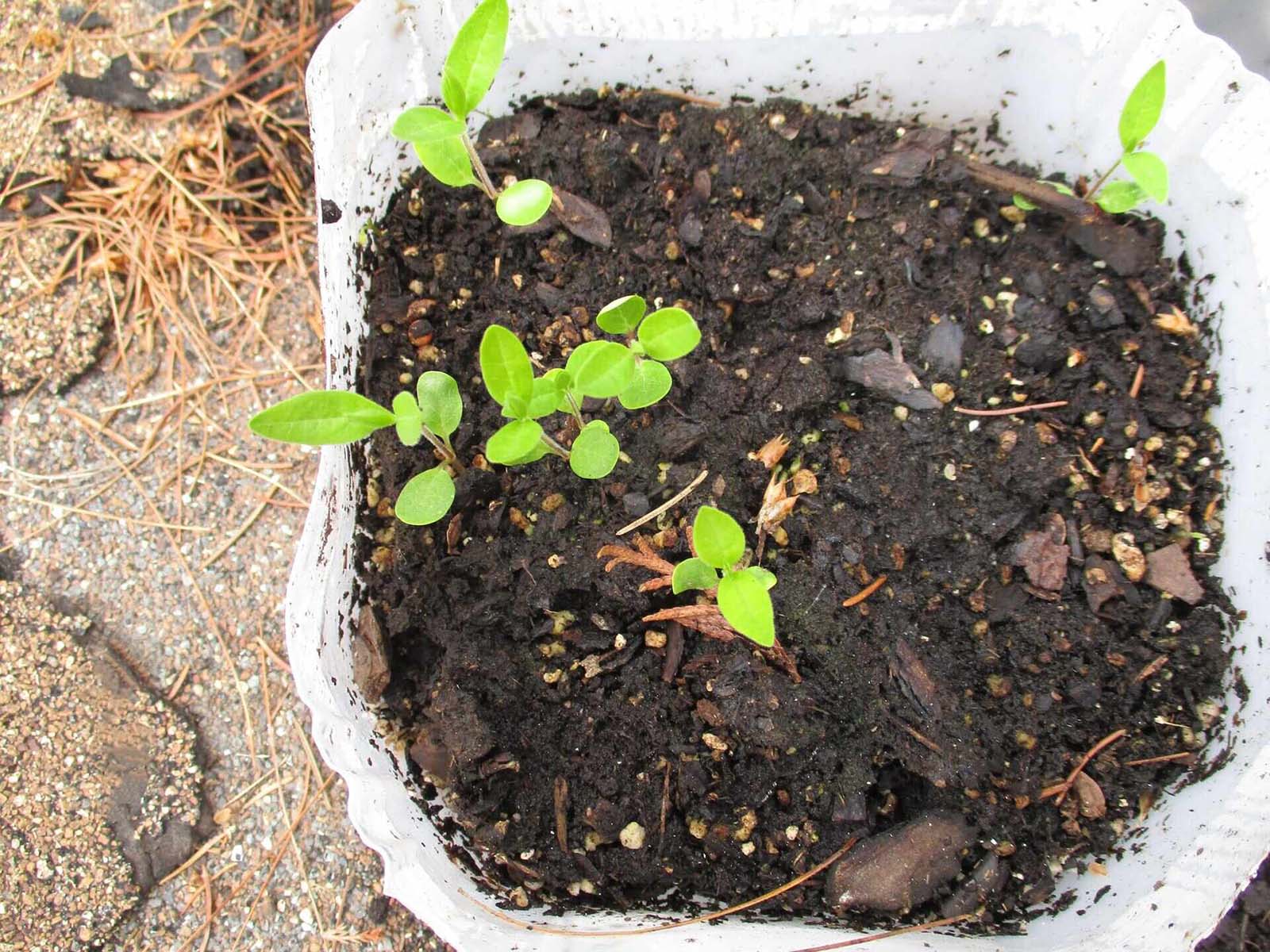
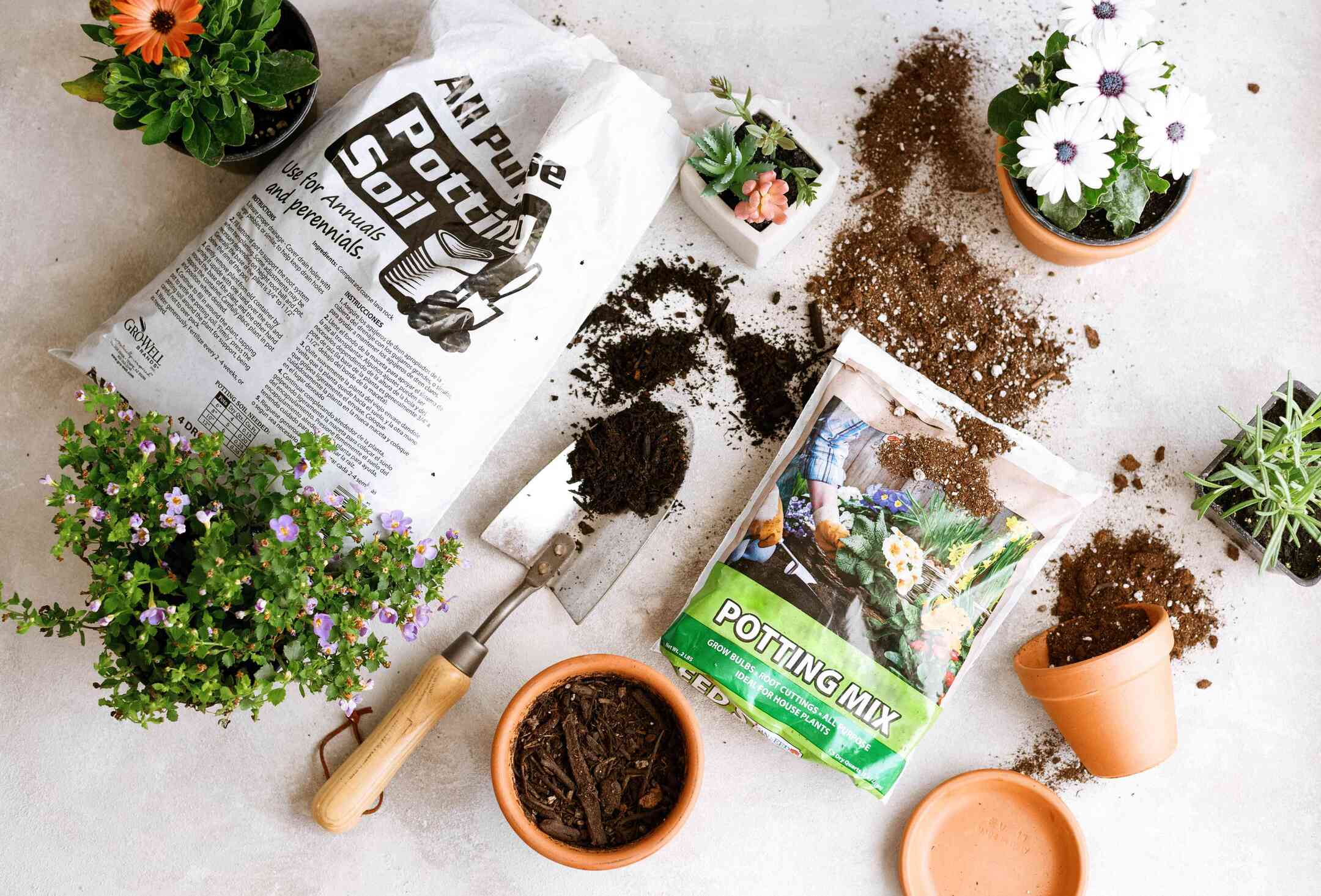

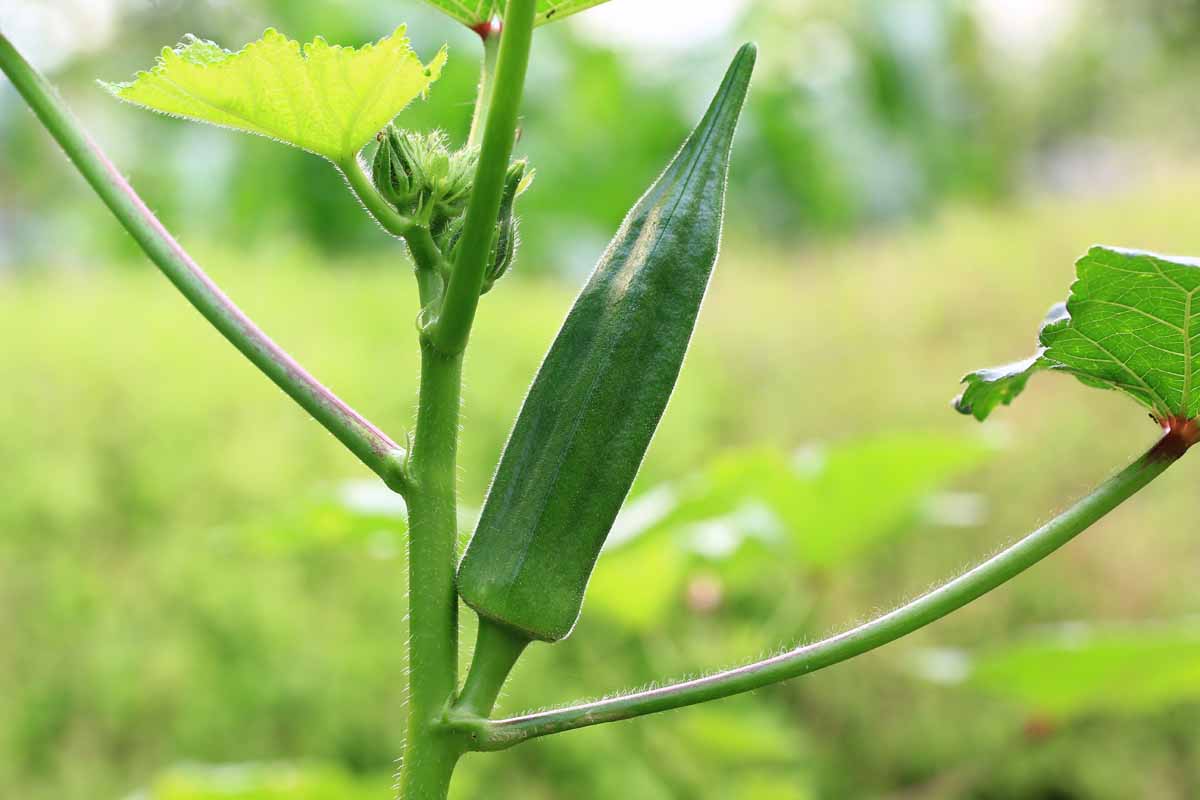
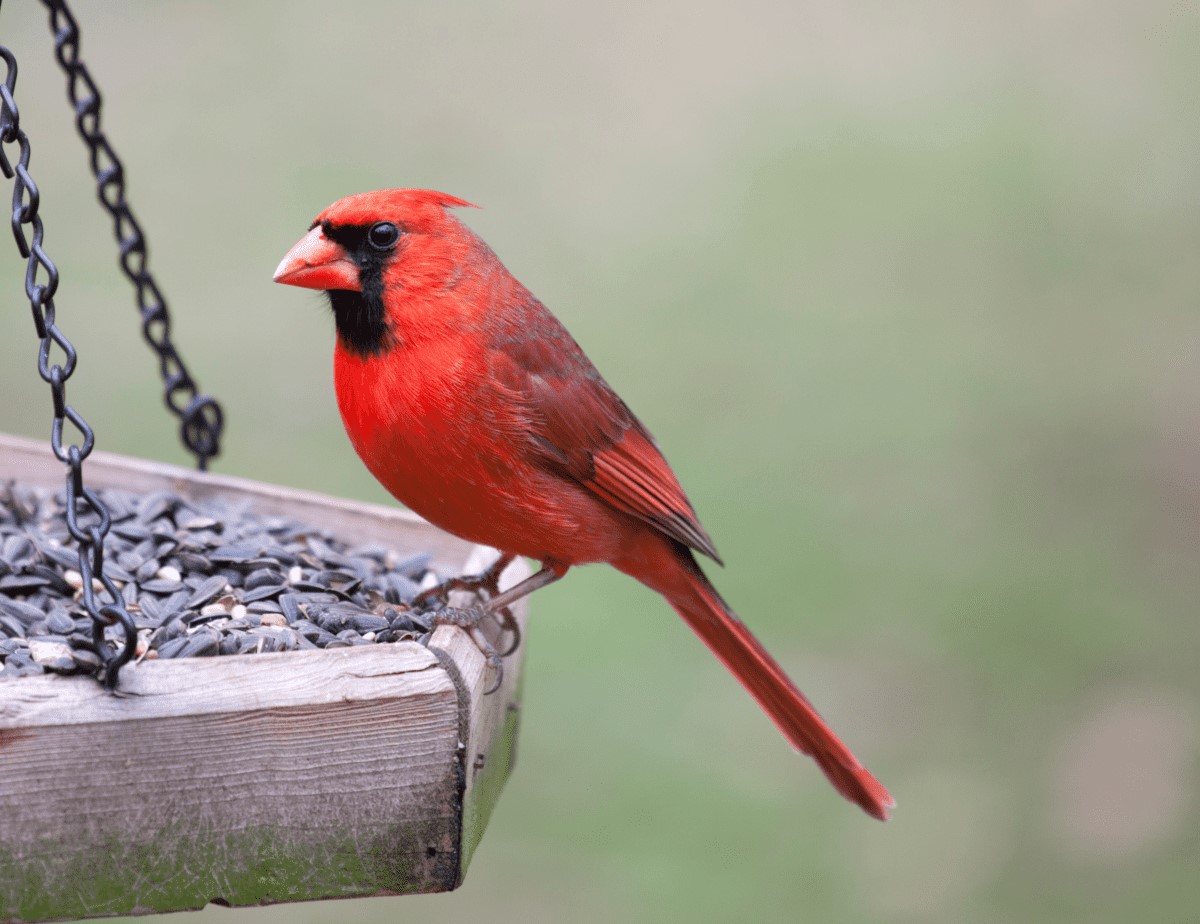
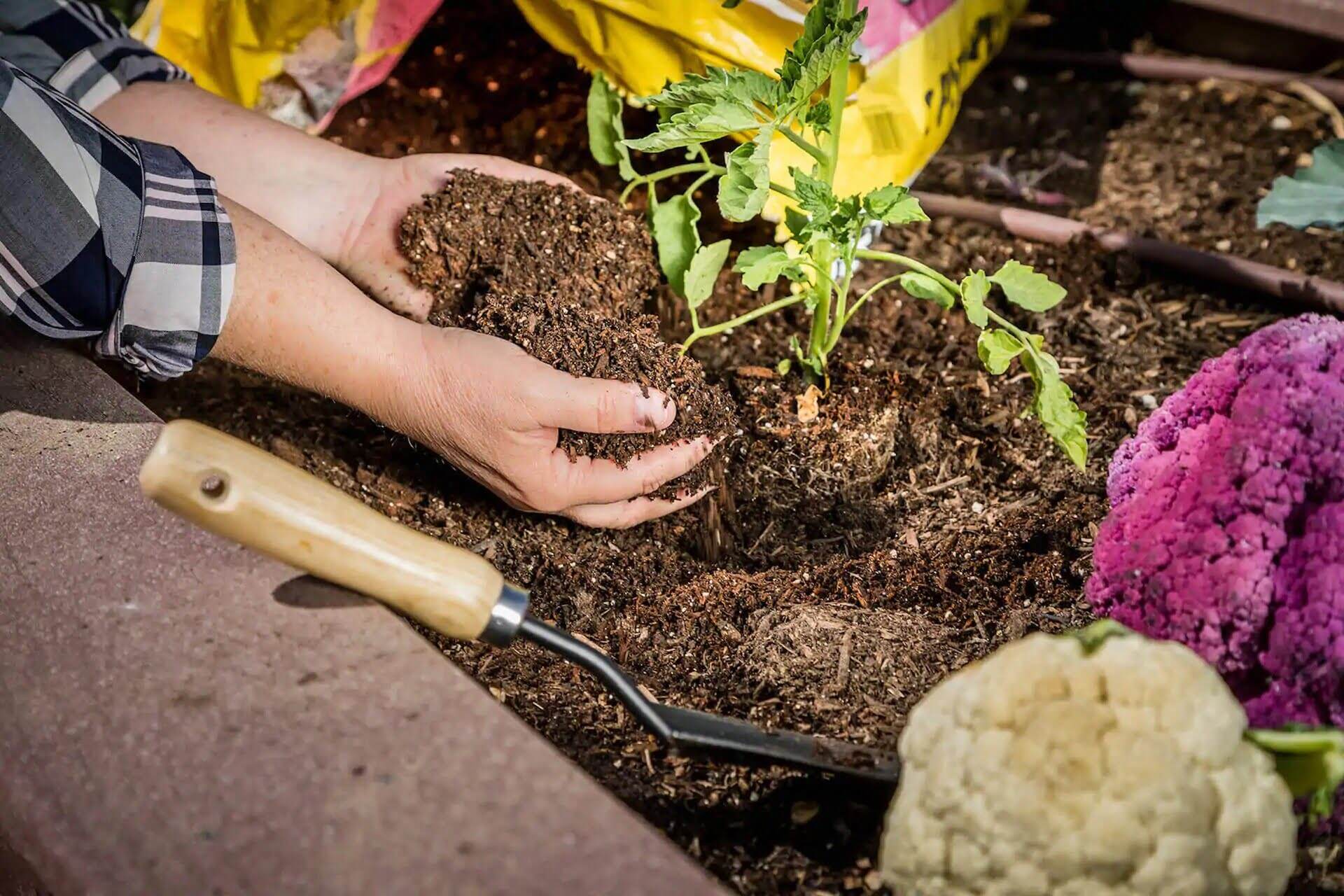
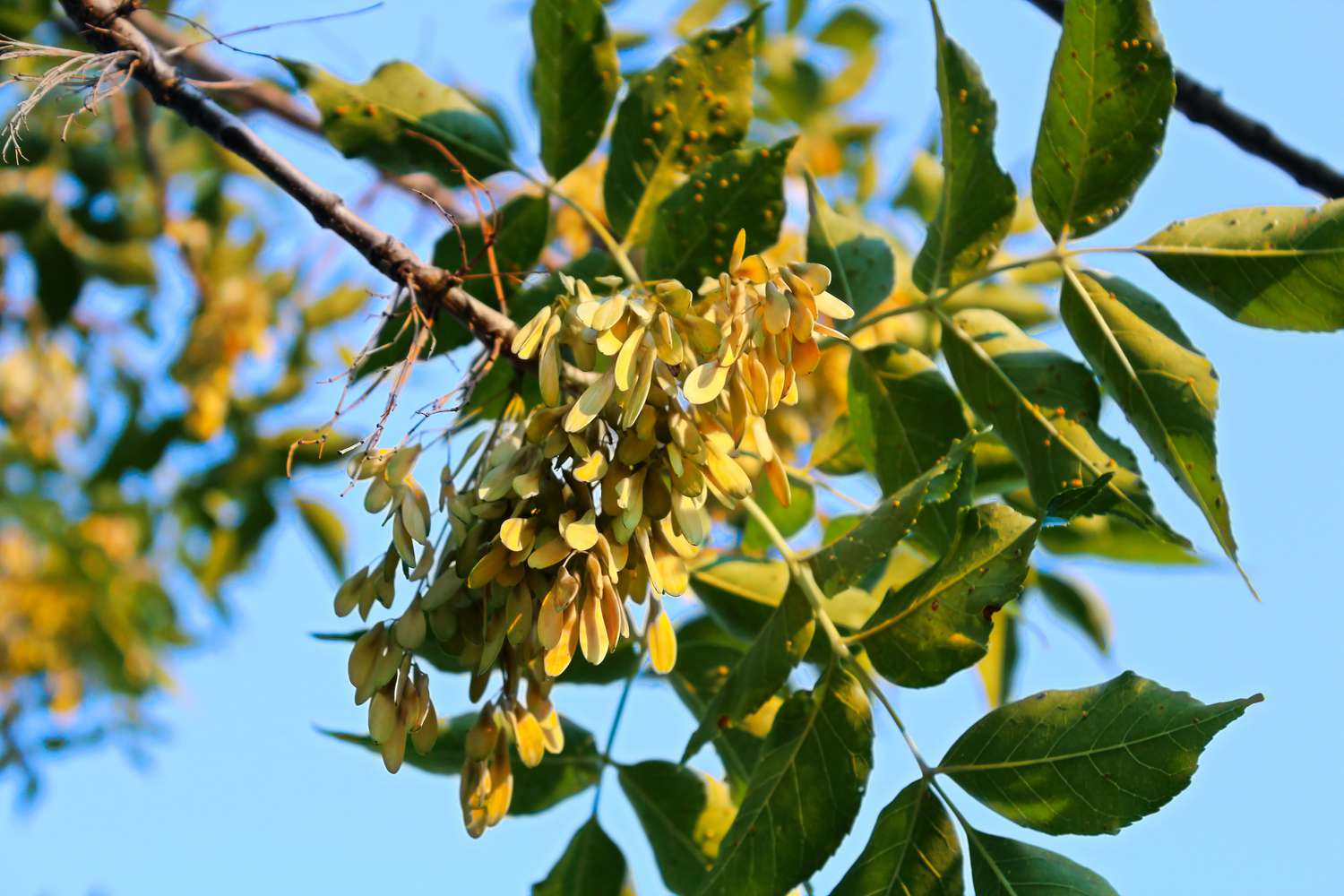
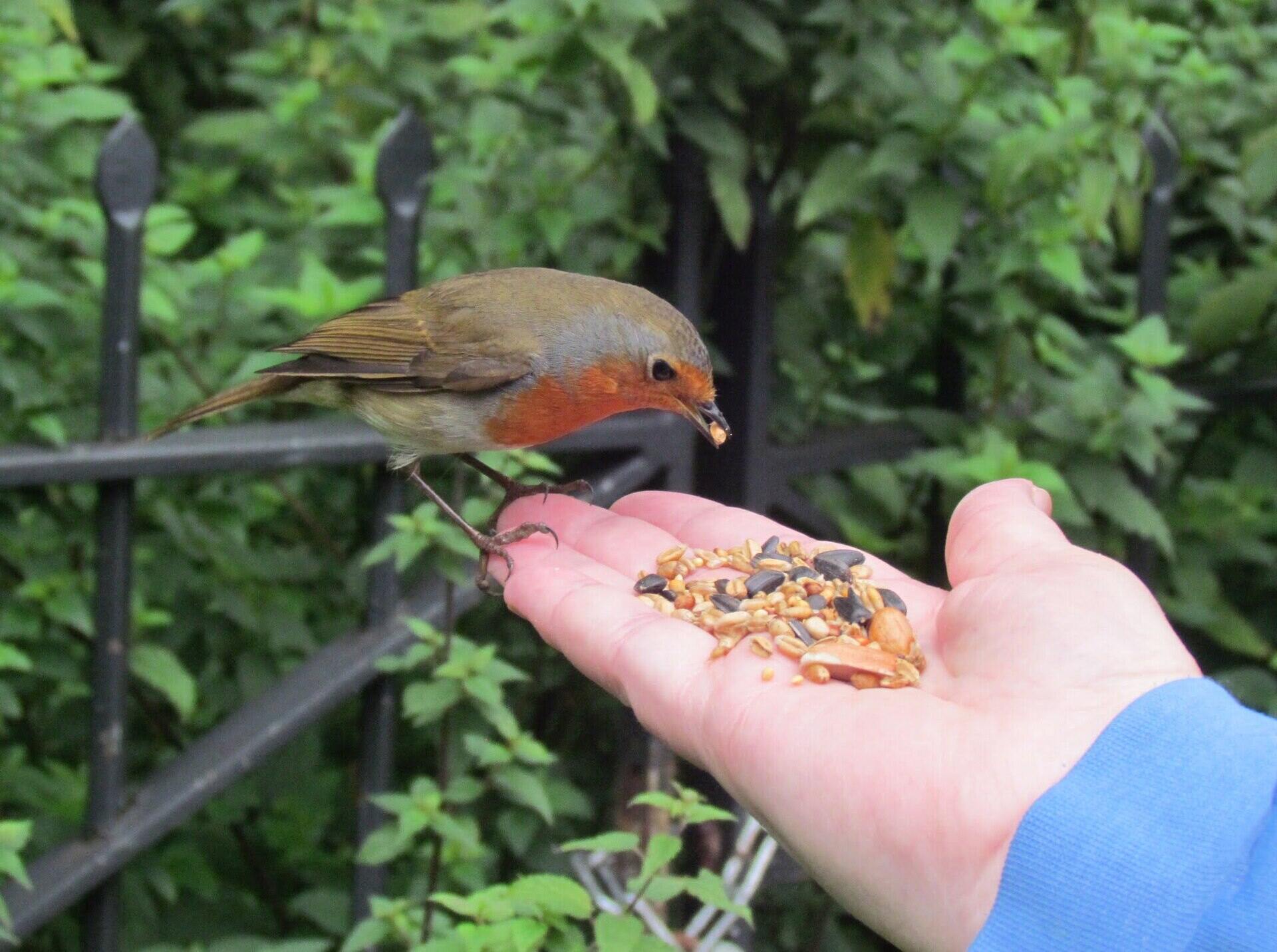
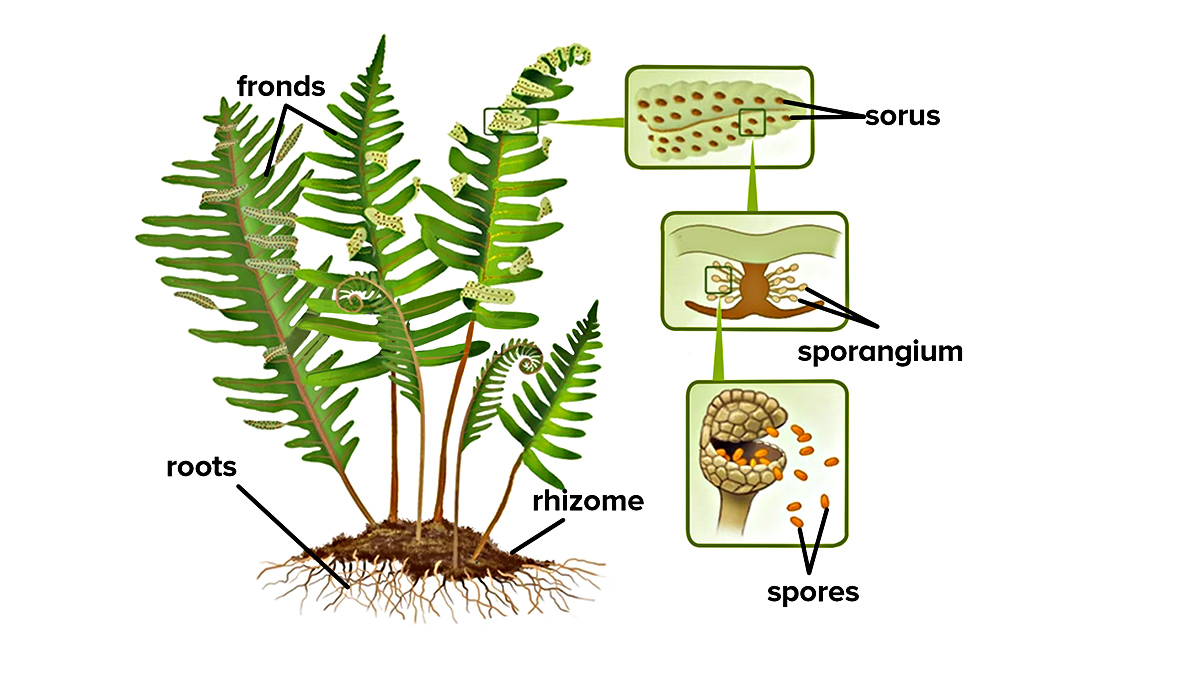

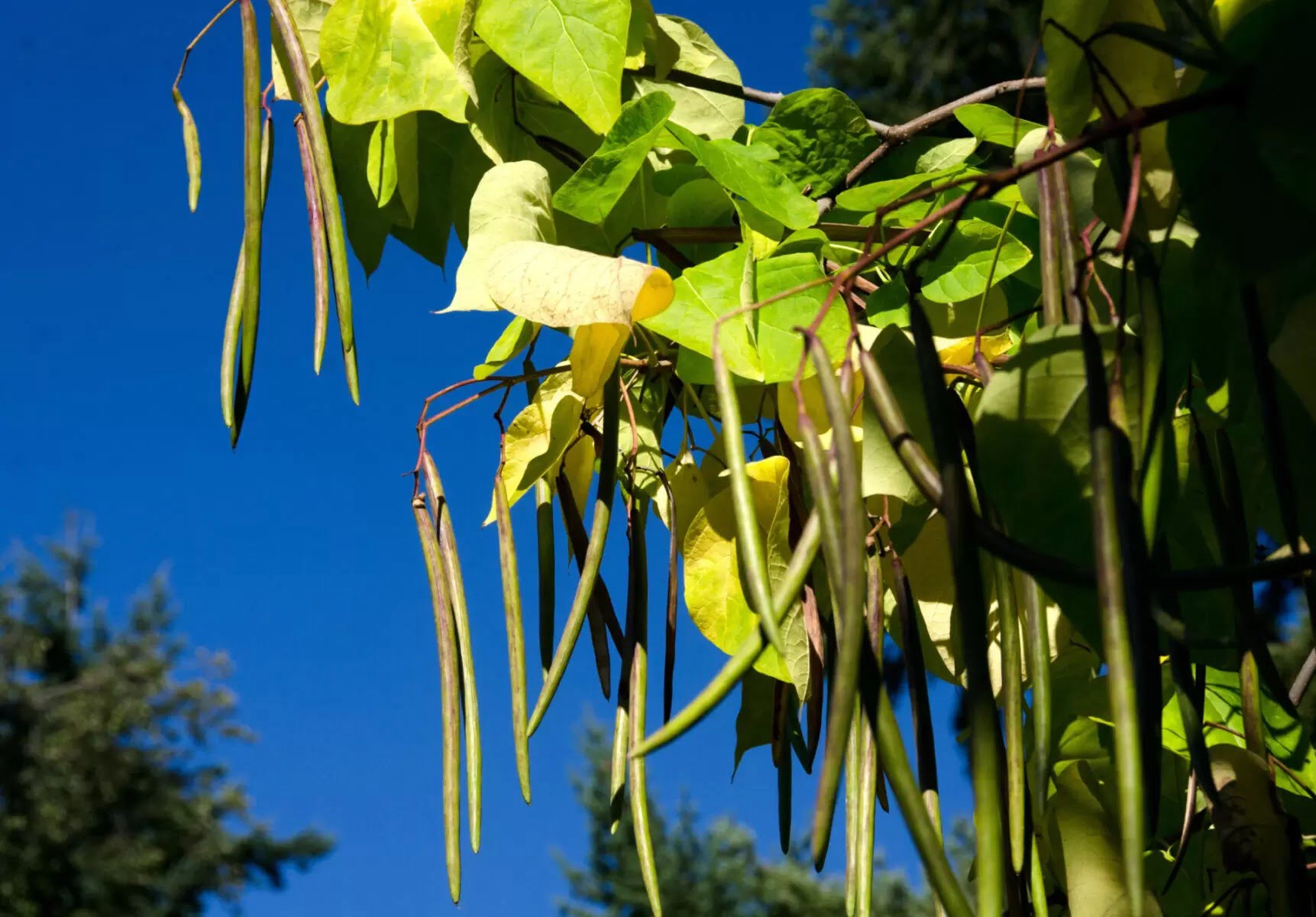

0 thoughts on “What Kind Of Seeds Are In Italian Sausage”